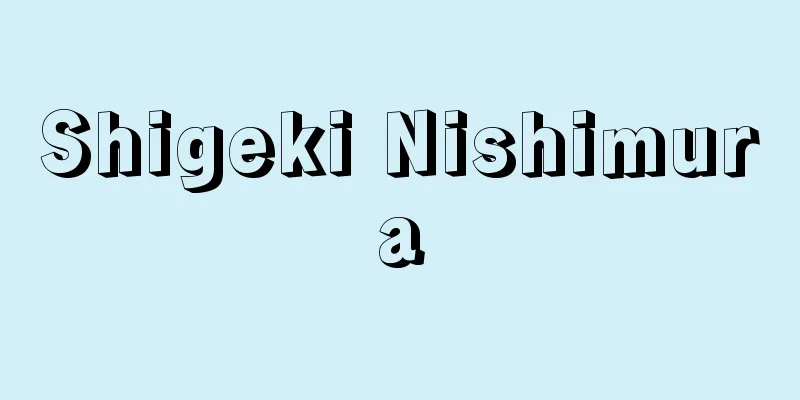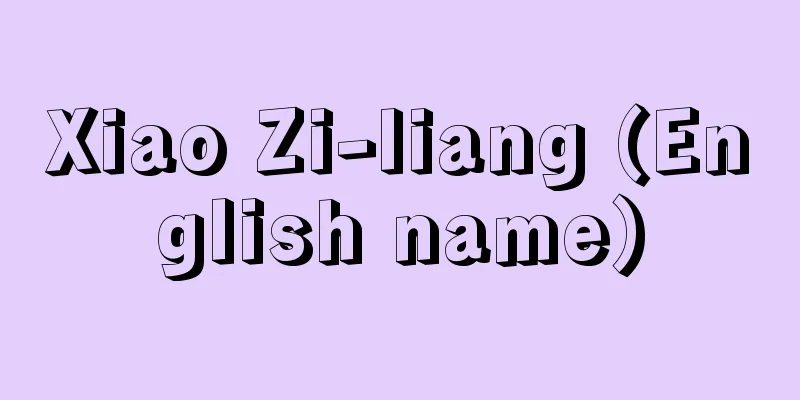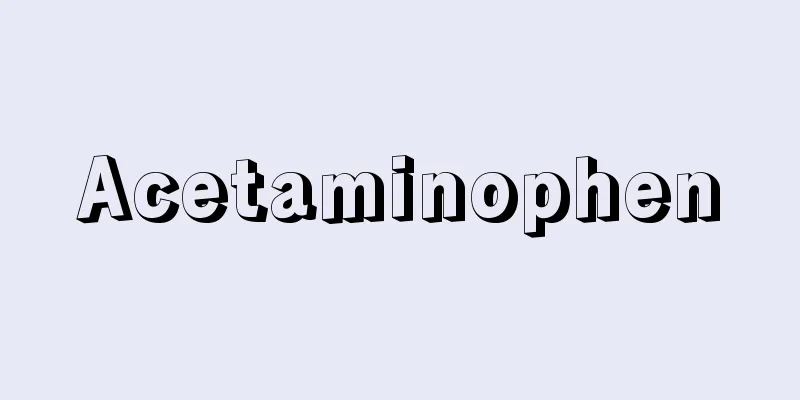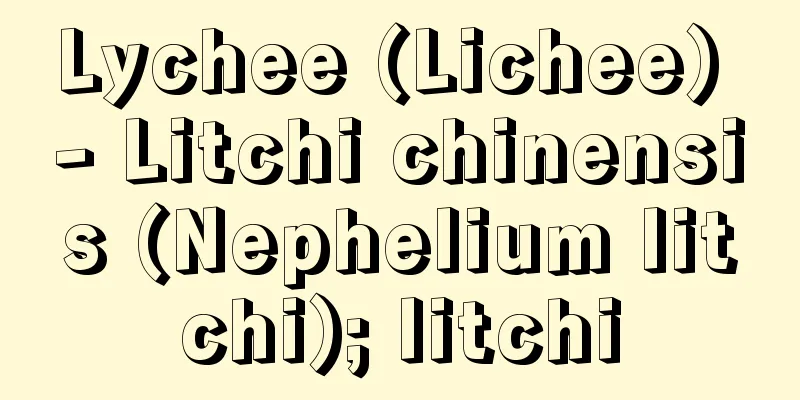Shigeki Nishimura

|
A moral activist and educator in the Meiji period. His childhood name was Heitaro and his pen name was Hozai. He later went by the name Kanae and later changed his name to Shigeki. His pen names were Bokudo and Hakuo. The "Tomari" in Hakuo means Kujukurihama Beach. He was born to a family of samurai in Sakura Domain, Chiba Prefecture, and studied Confucianism at the domain school. He then studied Western studies under Sakuma Shozan and others. He had already held important positions in the domain at the end of the Edo period, but after the abolition of the domains and the establishment of prefectures, he moved to Tokyo and joined the enlightenment movement of the Meirokusha in 1873 (Meiji 6) at the suggestion of Mori Arinori. In May 1875, he began working at the Ministry of Education, where he also served as a lecturer at the Imperial Court. At the Ministry of Education, he served as Chief of the Editorial Division, Chief of the Editorial Bureau, Chief of the Reporting Bureau, and Chief of the Editorial Bureau (reappointed), and was instrumental in the compilation of such works as "Kojiruien." He regretted that the school system promulgated in 1872 only taught about living and raising children, and contained no reference to benevolence, righteousness, loyalty, and filial piety, and resolved to maintain the morality of the nation on his own. In 1876, he gained 15 or 16 like-minded members and founded the Tokyo Shushin Gakusha. This was the origin of the Japan Kodokai Incorporated Association, which is still active today. In his later years, he served as an advisor to the Imperial Court and a member of the House of Peers. By September 1907 (Meiji 40), the Nippon Kodokai had 142 branches, with membership reaching 7,191 in 1902, its peak. Tokuo used this association as his base of operations to promote morality, and most of his writings are collected in the three volumes of the Complete Works of Nishimura Shigeki. This includes Japanese Morality Theory, which is considered his masterpiece. He is often thought of as a conservative reactionary, but he was also quite a reformer. [Tetsushi Furukawa] [References] | | | | |©Shogakukan Library "> Shigeki Nishimura Source: Shogakukan Encyclopedia Nipponica About Encyclopedia Nipponica Information | Legend |
|
明治時代の道徳運動家、教育家。幼名を平太郎、字(あざな)は芳在(ほうざい)。のち鼎(かなえ)と称し、また茂樹と改めた。号を樸堂(ぼくどう)、泊翁(はくおう)といった。泊翁の「泊」は九十九里浜を意味する。千葉県佐倉藩士の家に生まれ、藩校で儒学を修めたのち、佐久間象山(さくましょうざん)らに師事して洋学を学んだ。幕末すでに藩の要職にあったが、廃藩置県後上京し、1873年(明治6)森有礼(もりありのり)の勧めに応じて明六社(めいろくしゃ)の啓蒙(けいもう)運動に加わった。1875年5月文部省に出仕し、宮中侍講(じこう)を兼ねた。文部省では編集課長、編集局長、報告局長、編集局長(再)を歴任し、『古事類苑(こじるいえん)』などの編纂(へんさん)に尽力した。一方、1872年に頒布された学制には、もっぱら生をおさめ産をおこすことのみを説いて、ひとつも仁義・忠孝を教えた語のないのを遺憾とし、独力で国民の道徳を維持しようと志したが、1876年になって15、16人の同志を得たので、東京修身学社をおこした。これが現在も活動を続けている社団法人日本弘道会のおこりである。晩年は宮中顧問官、貴族院議員などを務めた。 日本弘道会は1907年(明治40)9月までの段階で142支会をもち、会員数は最盛期の1902年には7191名を数えた。泊翁はこの会を本拠にして道義高揚に努めたが、執筆した文章の大半は『西村茂樹全集』全3巻に収められている。なかに『日本道徳論』も含まれ、これが代表作とみられている。彼はとかく保守反動と思われがちであるが、なかなかの改進家でもあった。 [古川哲史] [参照項目] | | | | |©小学館ライブラリー"> 西村茂樹 出典 小学館 日本大百科全書(ニッポニカ)日本大百科全書(ニッポニカ)について 情報 | 凡例 |
Recommend
Tourism fishing - Kankougyogyo
A fishing business is a business that allows non-...
heel out
…Handling the ball in a ruck or scrum with your h...
Nishikawa Joken
Born in 1648, Nagasaki [Died] August 10, 1724 (Kyo...
Patellipurpura patula (English spelling) Patellipurpurapatula
...The closely related R. bronni (illustration) i...
Circeo (mountain) (English spelling)
A rocky mountain (541m) forming a cape at the nort...
Hroswitha von Gandersheim
935?-980? Germany's first female poet. Also sp...
Archer, FS - Archer
…The first bright lens was a portrait lens with f...
Zeng Pu (English spelling)
[Birth] Douji 11 (1872) [Died] 1935 China's fi...
Petromyzonidae
...A general term for marine fish of the Petromyz...
Amano Saburobei - Amano Saburobei
…During the Mikawa Ikko Ikki Rebellion, he conver...
Otomo no Miyuki
Year of death: Taiho 1.1.15 (701.2.27) Year of bir...
Eva
(Original title, French: Eve ) An epic poem by Peg...
"Interpretation of the Ritual Classic"
…Wengong refers to Zhu Xi (the Master), the maste...
Prunus spinulosa (English spelling) Prunusspinulosa
…[Hiroshi Aramata]. … *Some of the terminology th...
unilineal descent
…There are two types of descent that can be trace...









